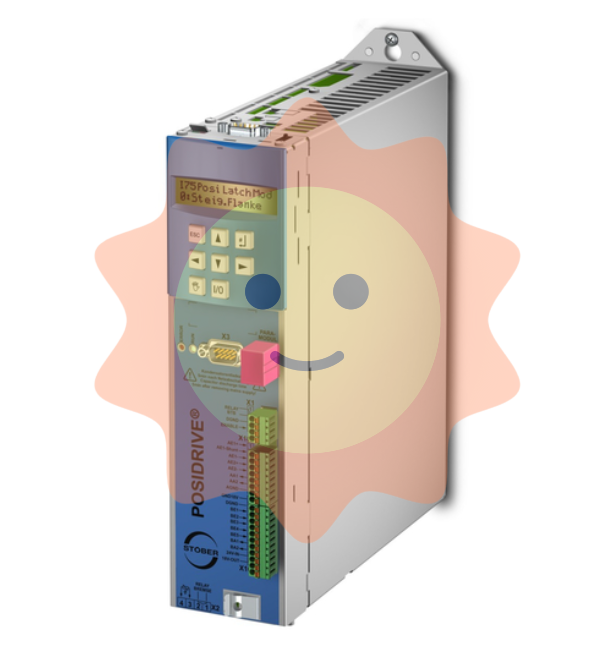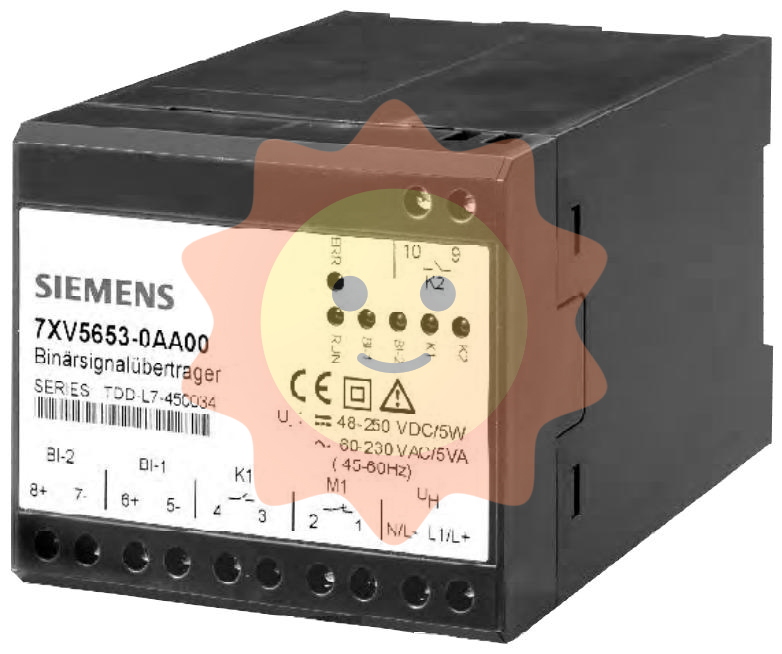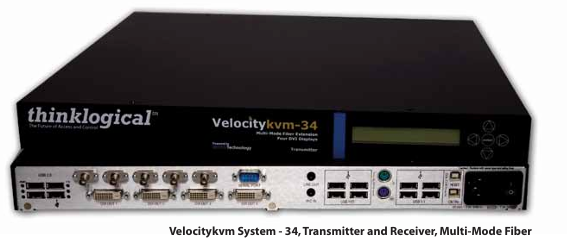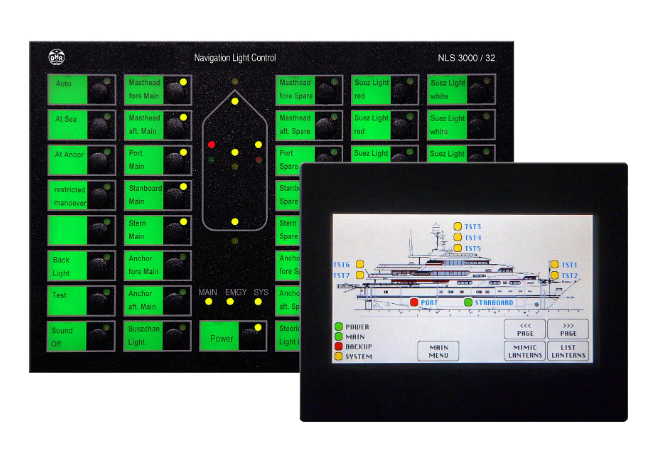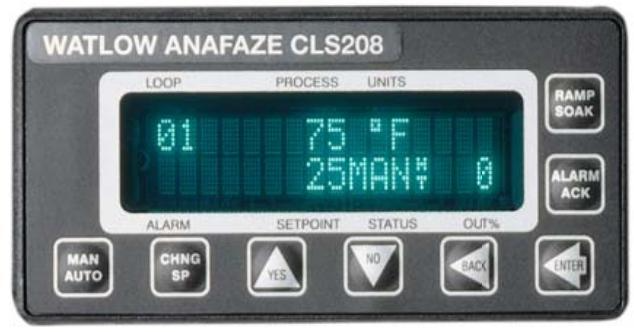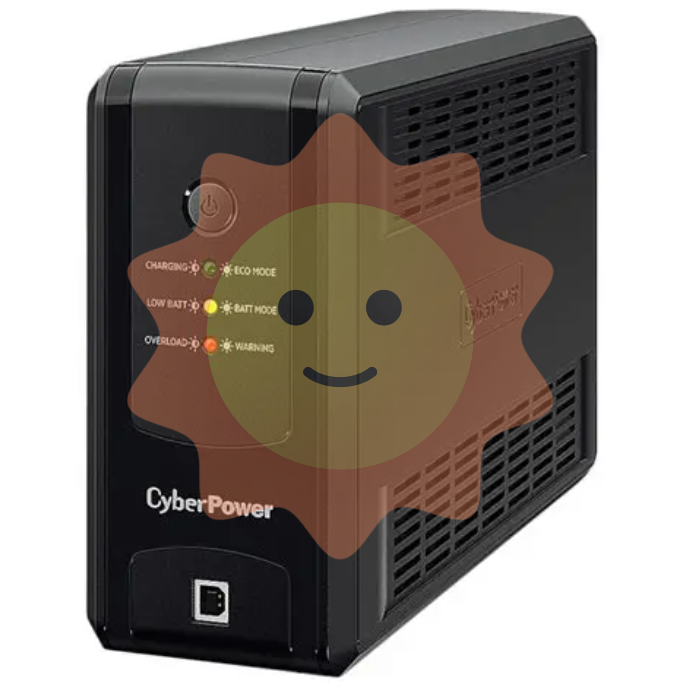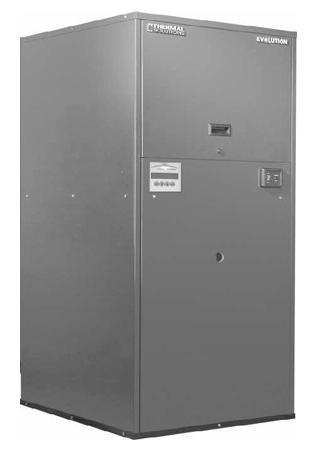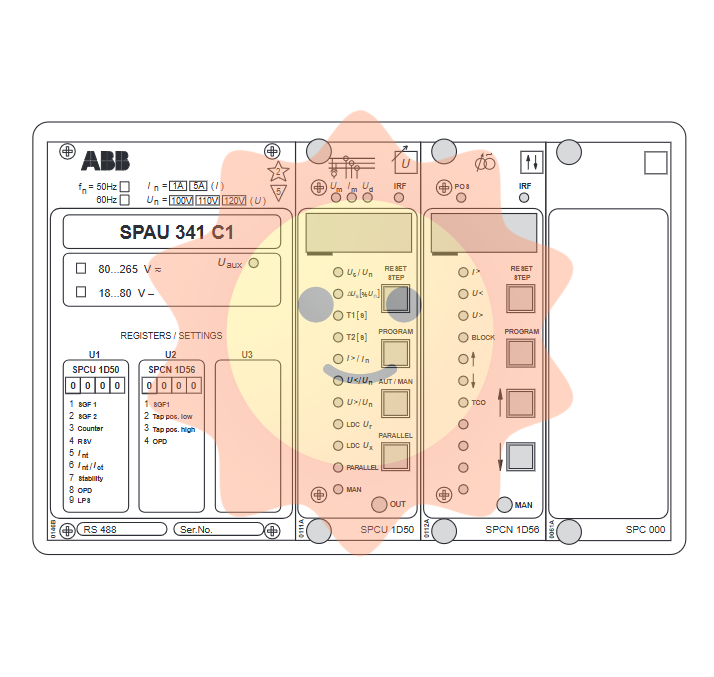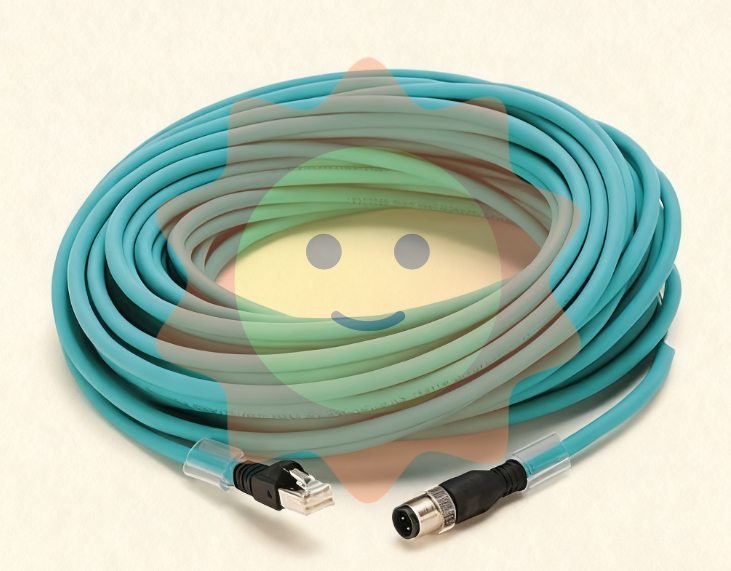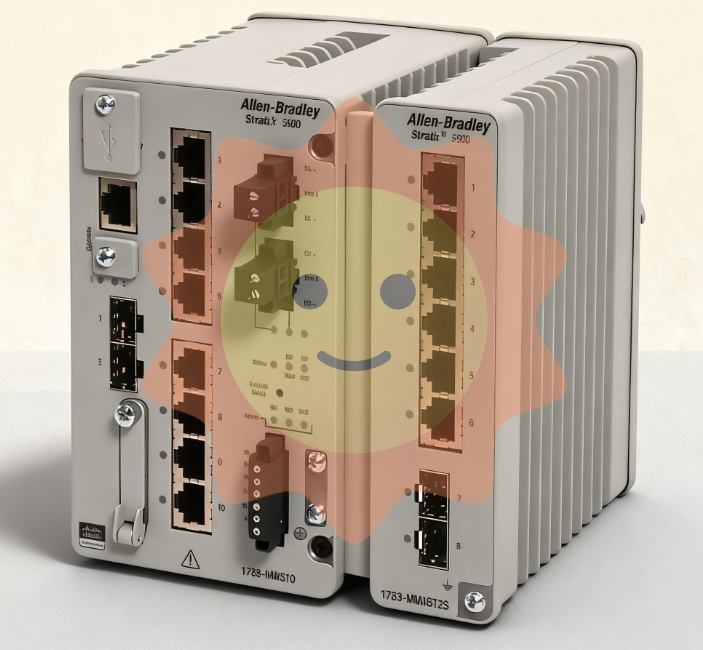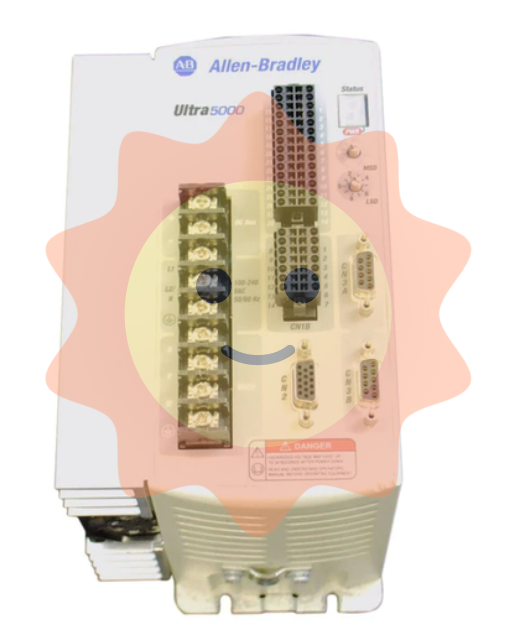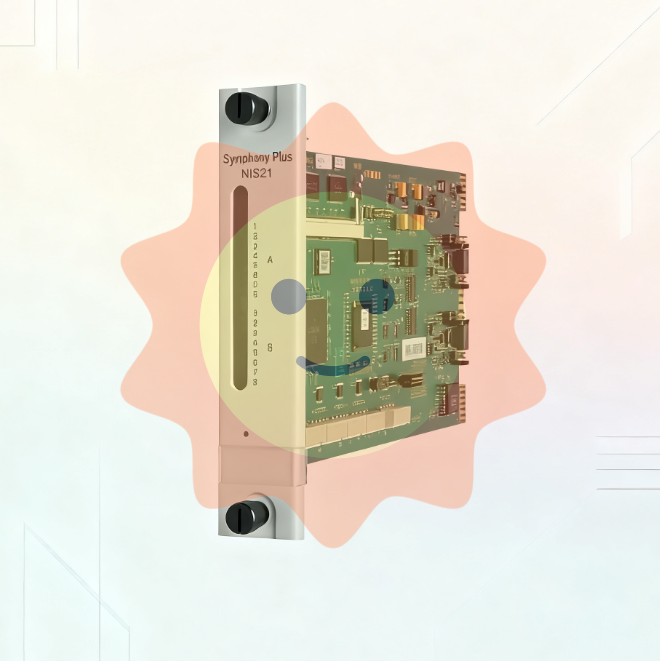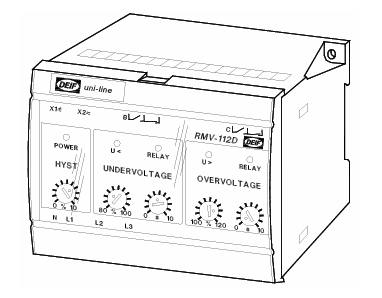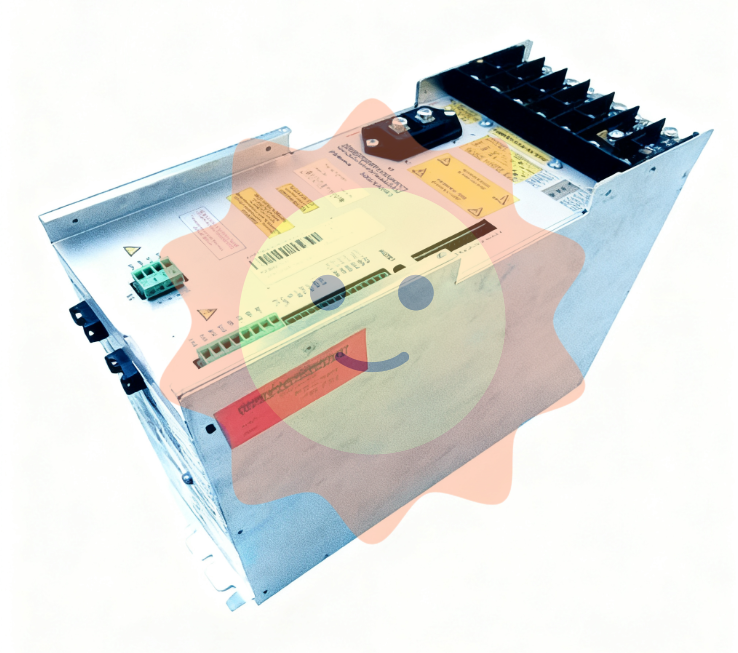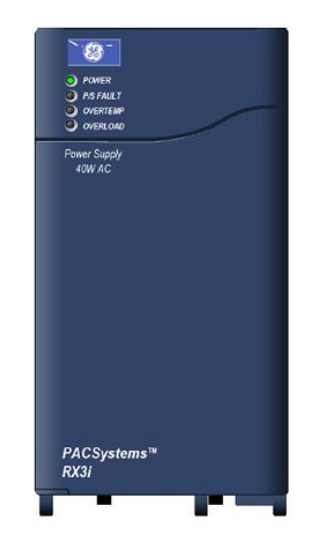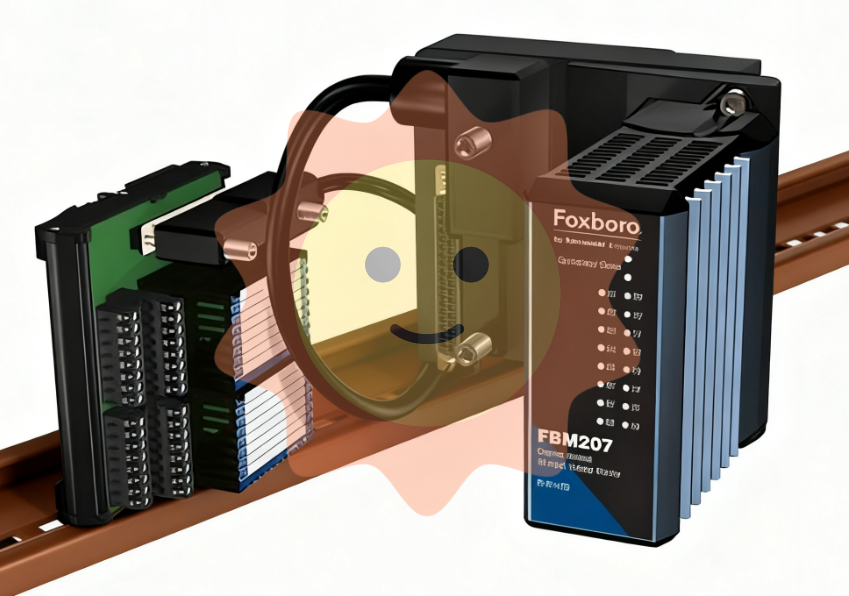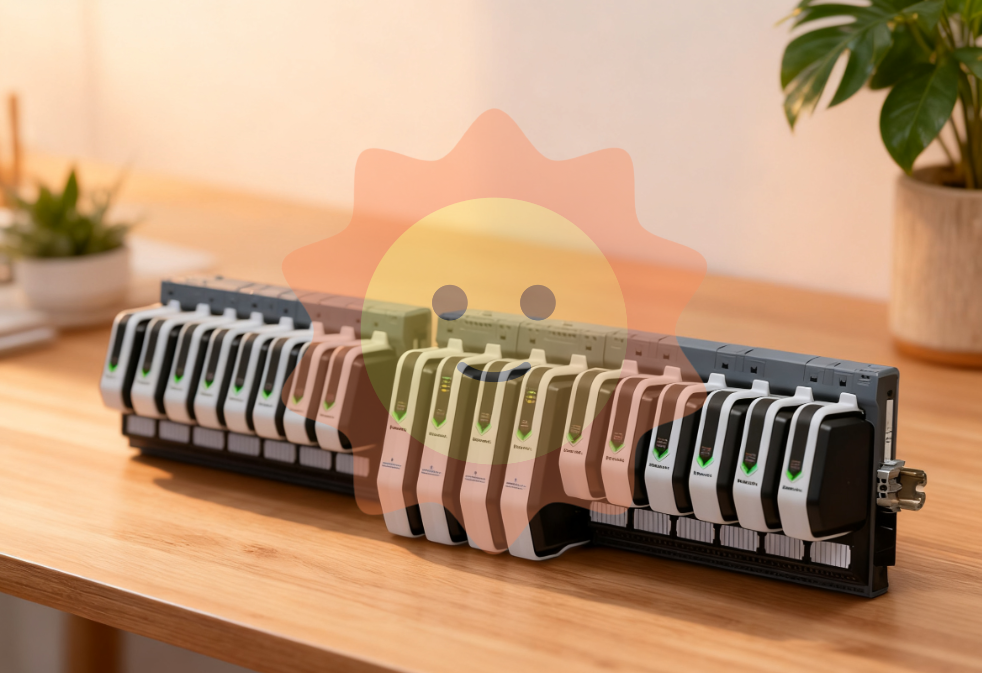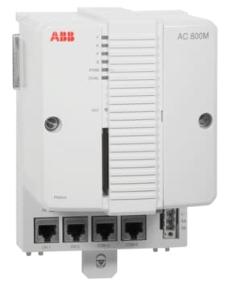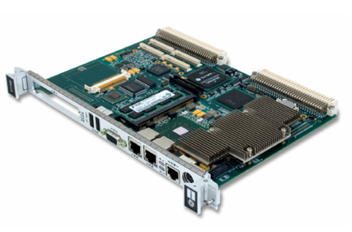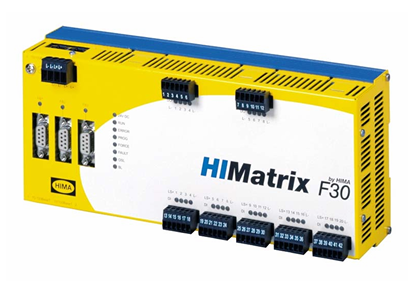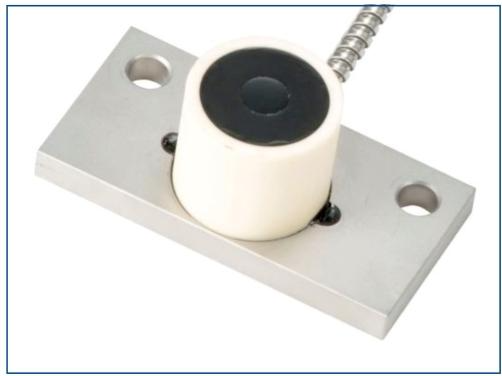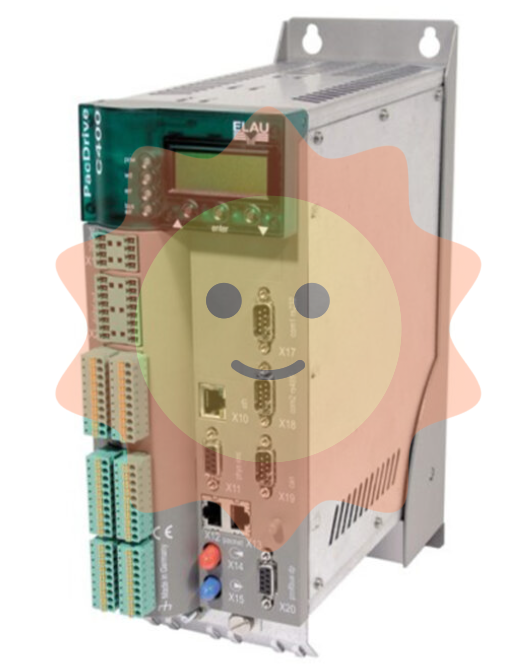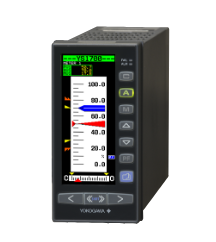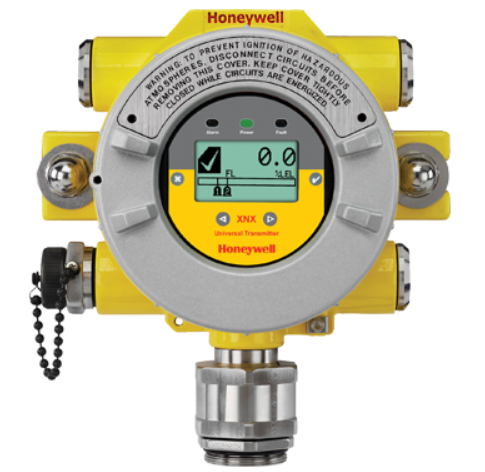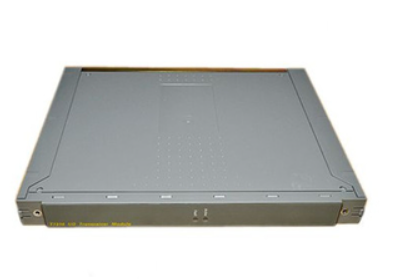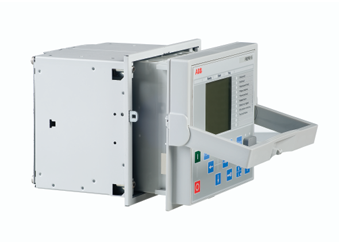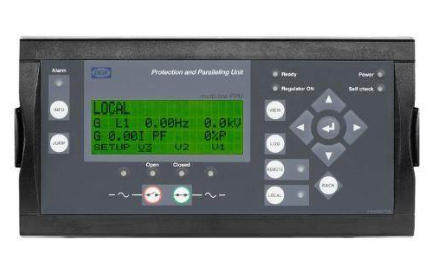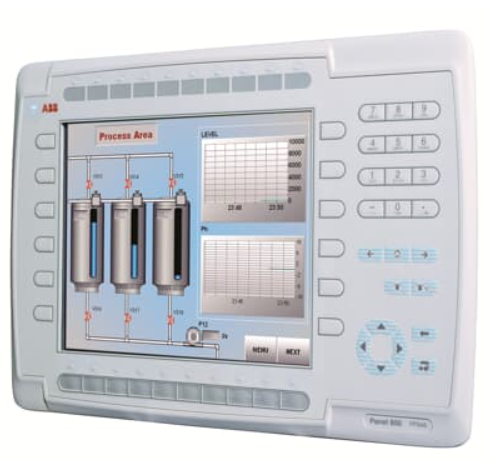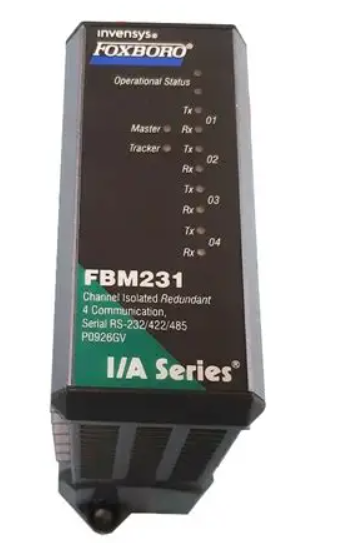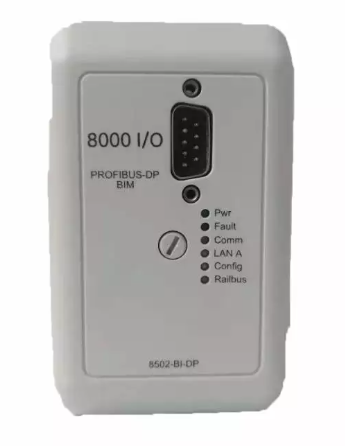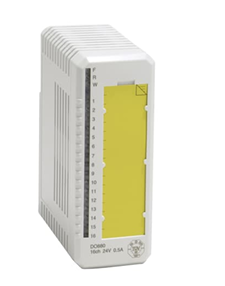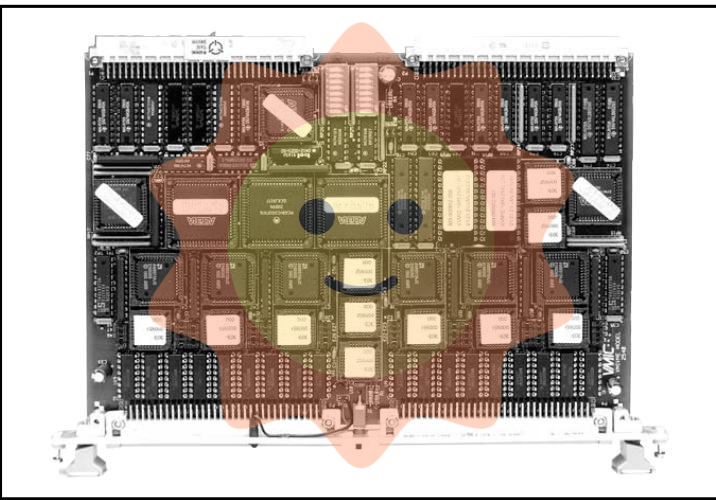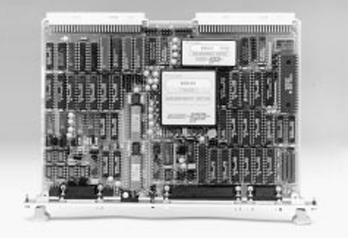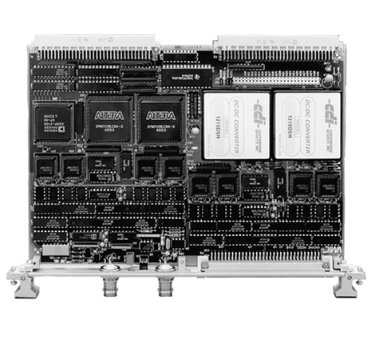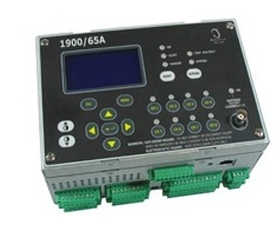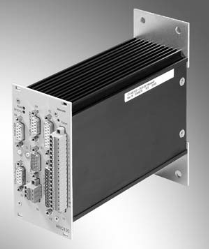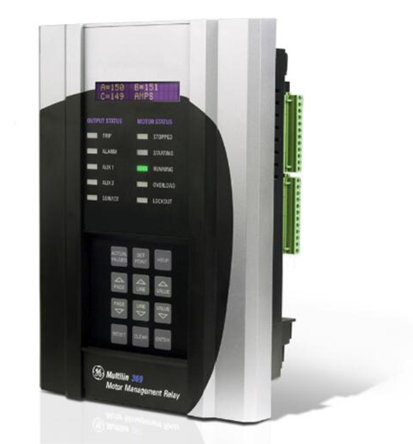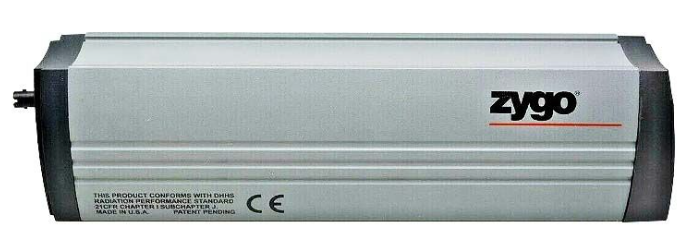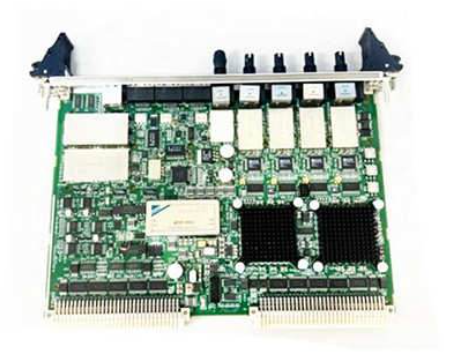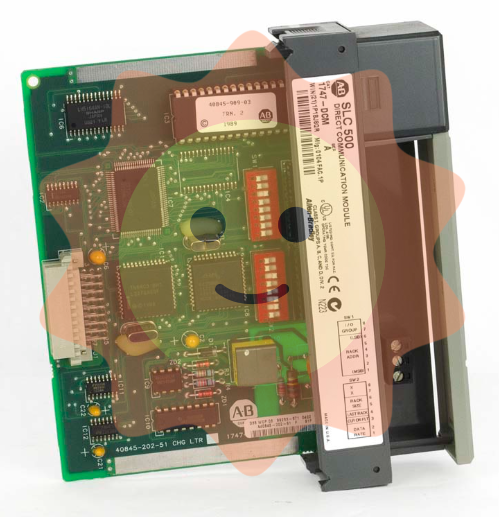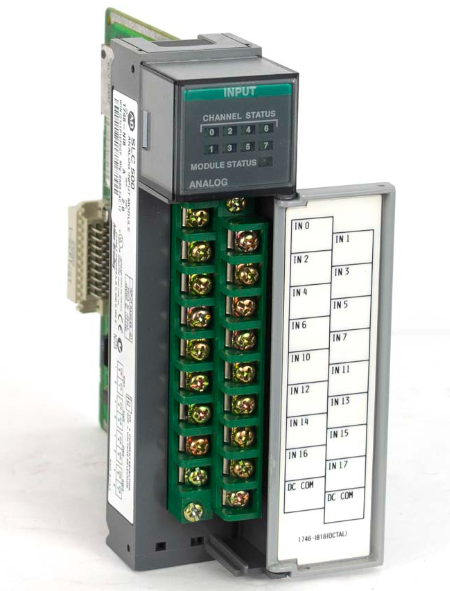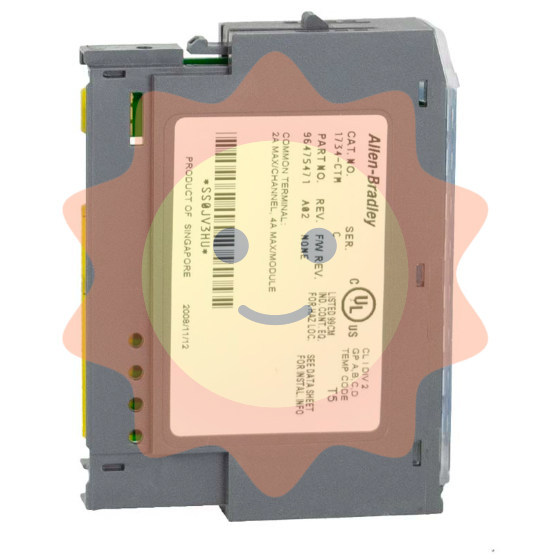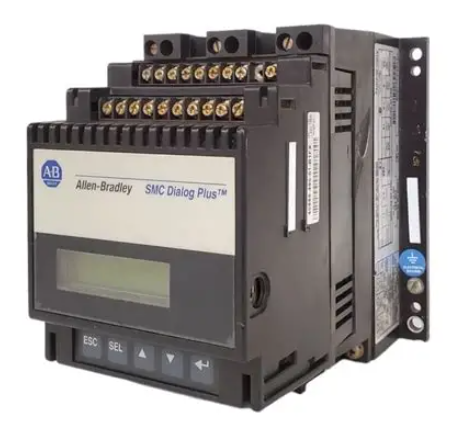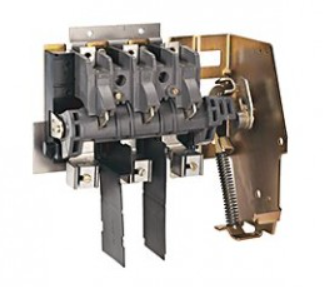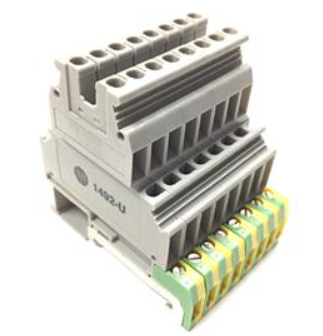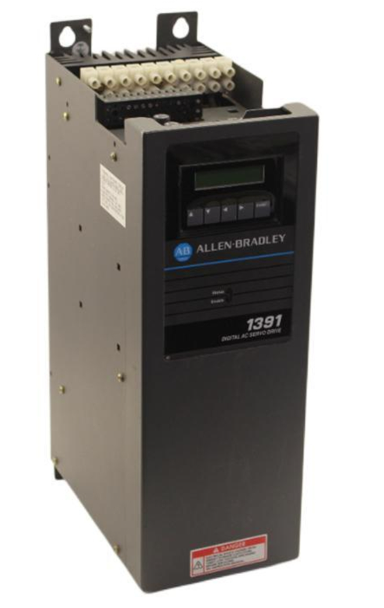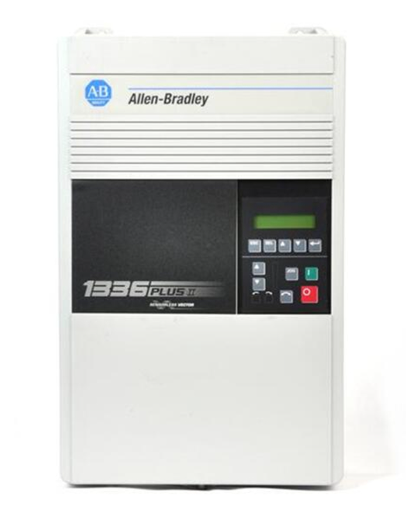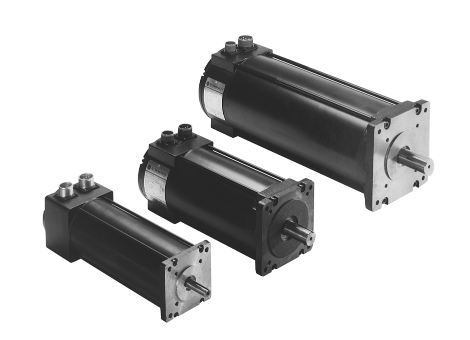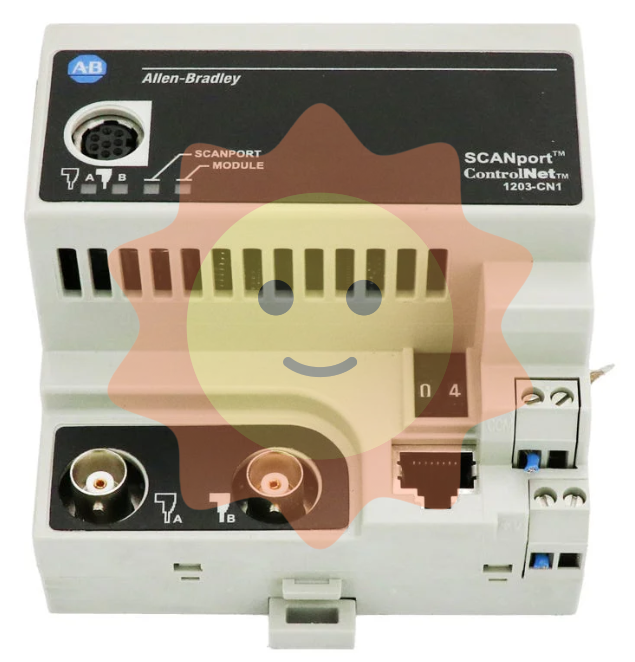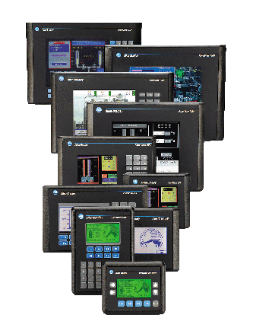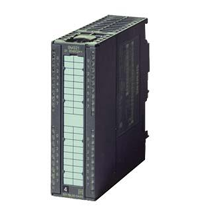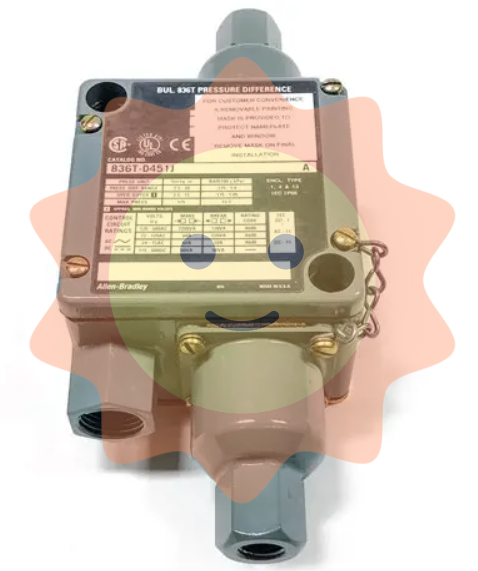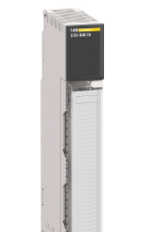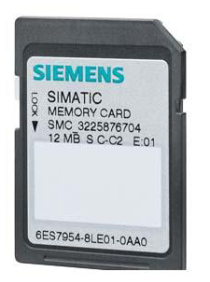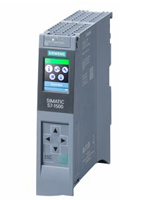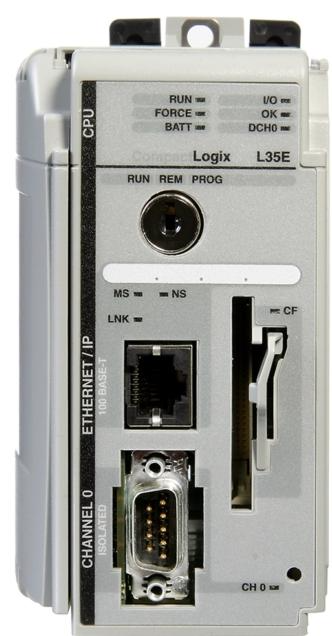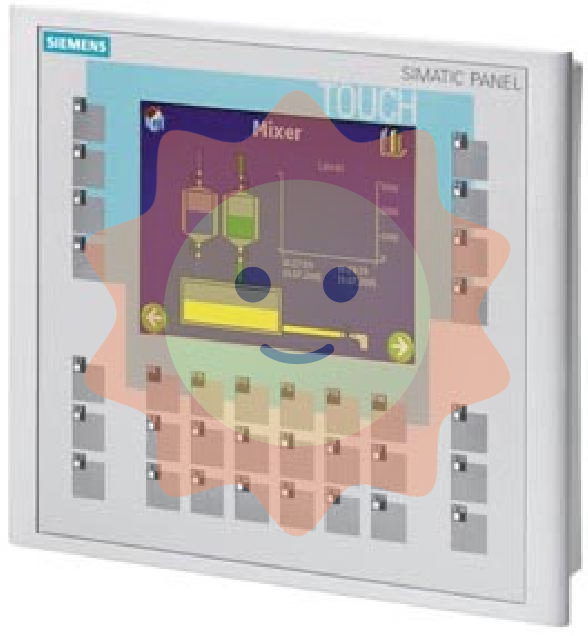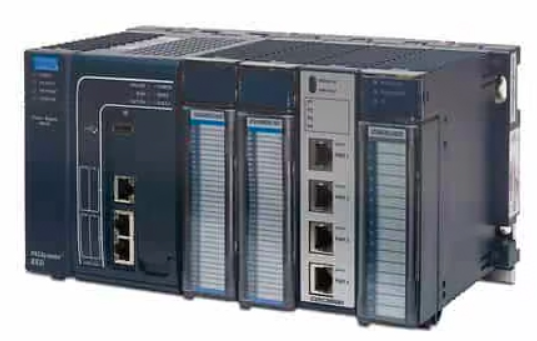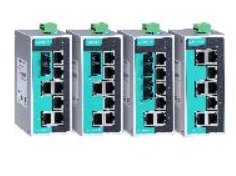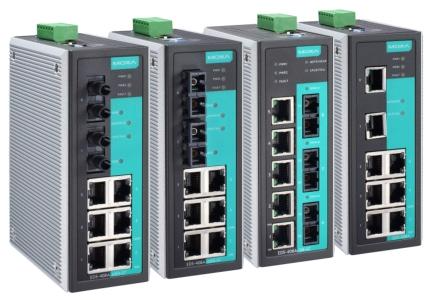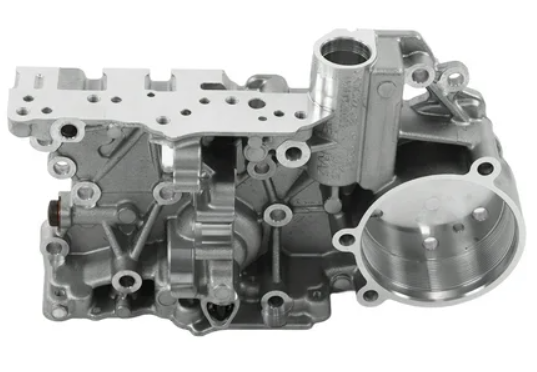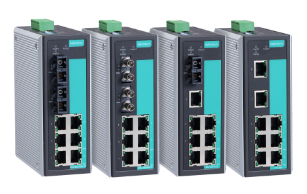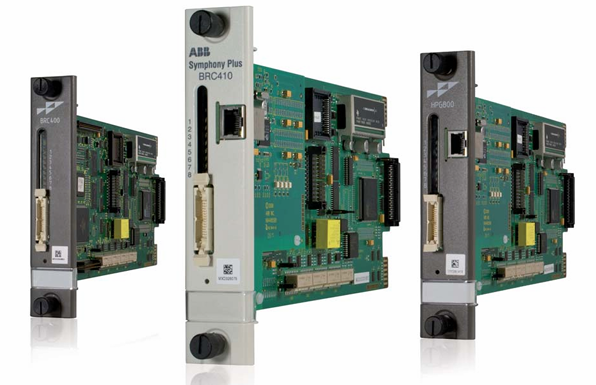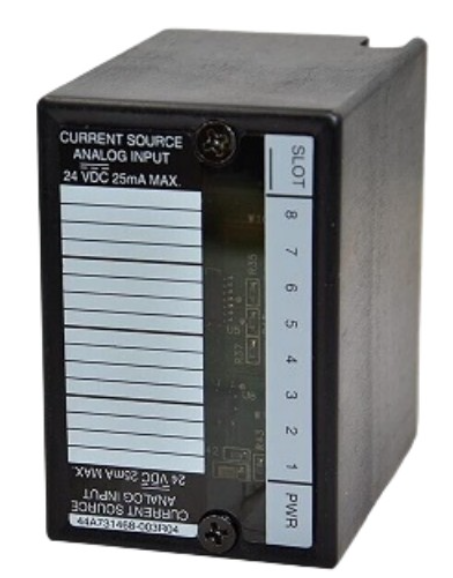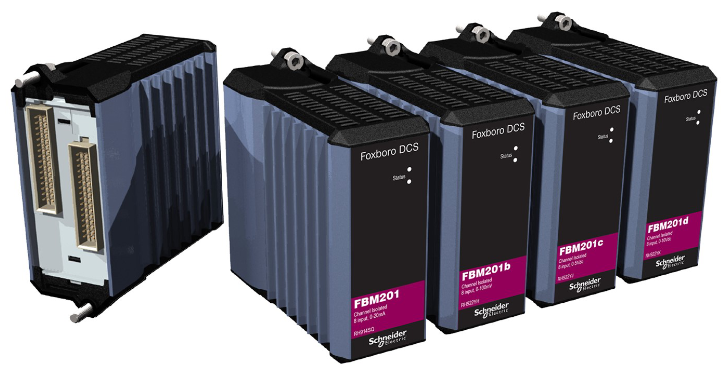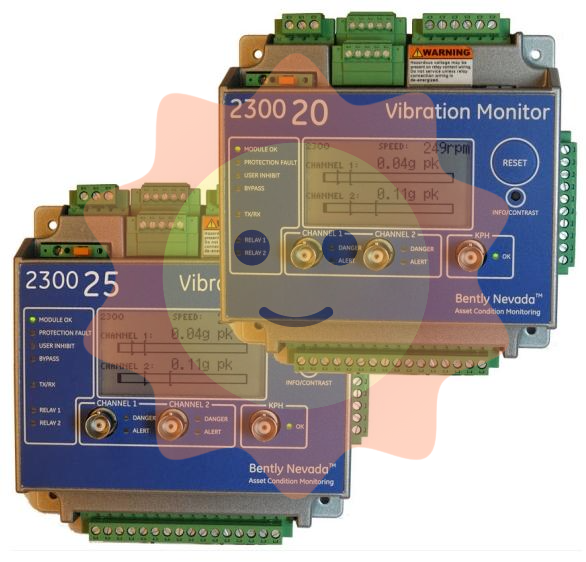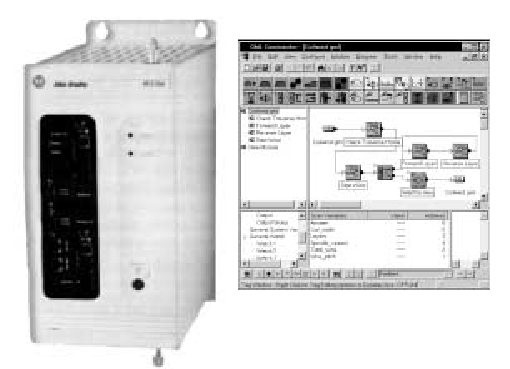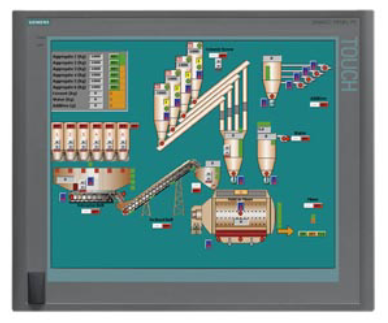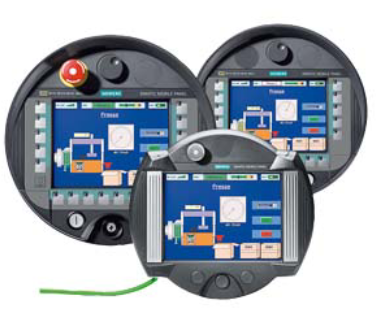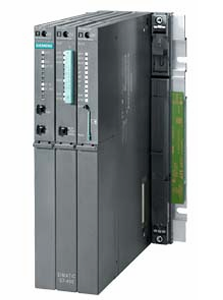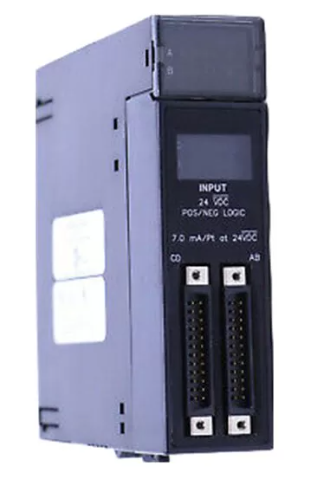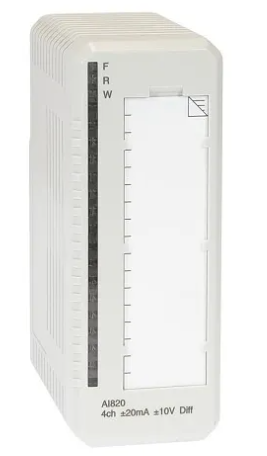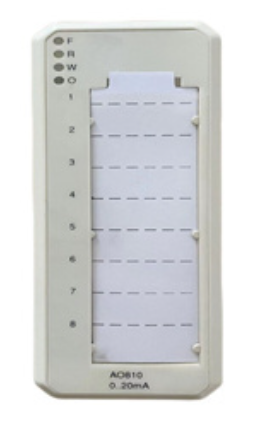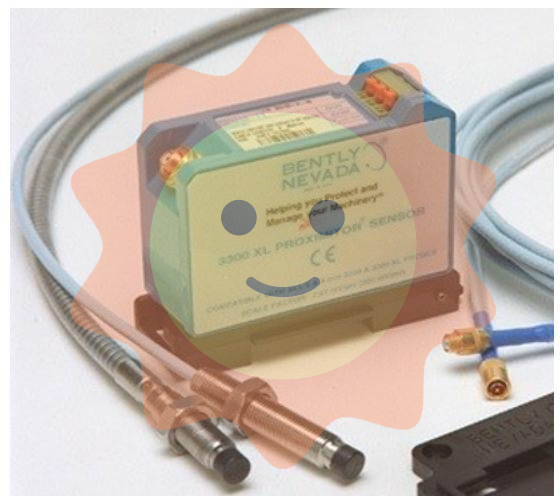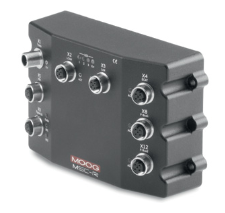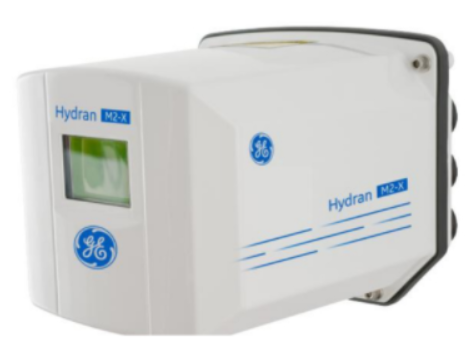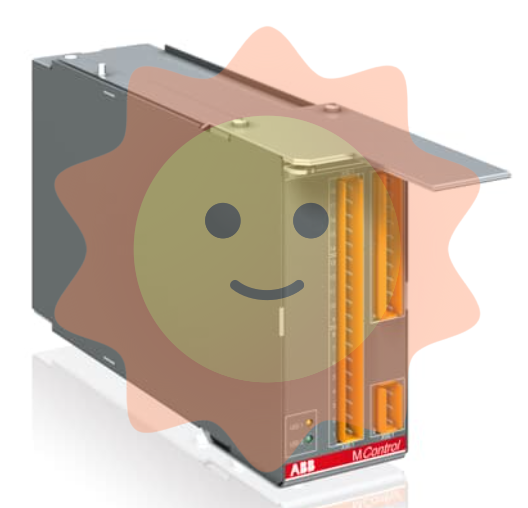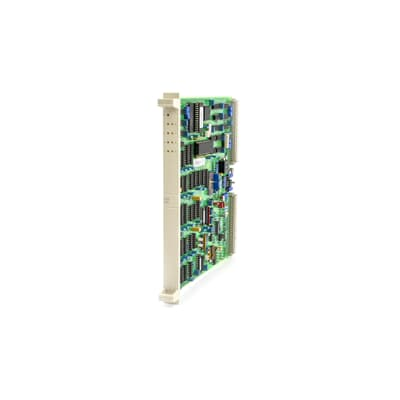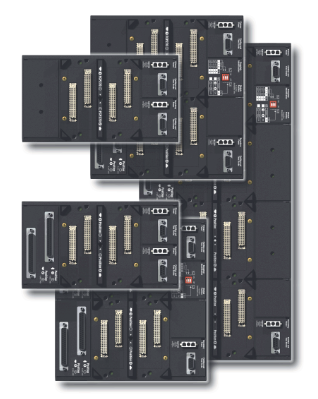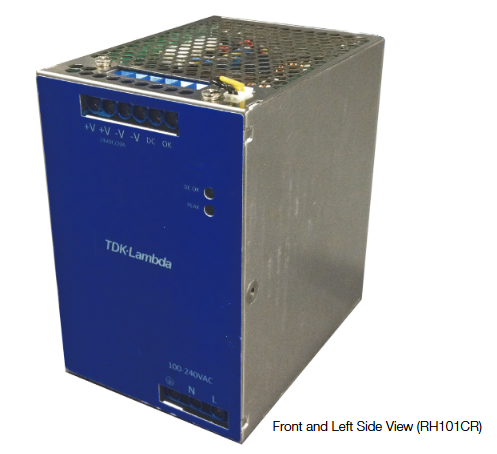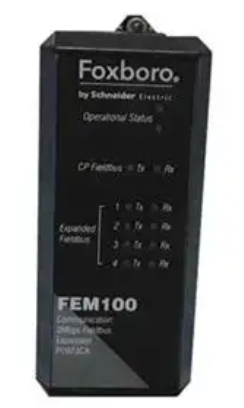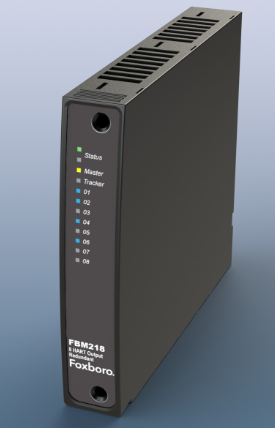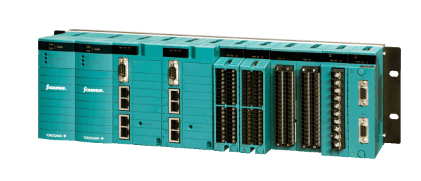ABB NCOM01 Enhanced Controller Module
Basic Introduction
ABB NCOM01 Enhanced Controller Module is an advanced controller module from ABB. It plays a key role in industrial automation and control systems and is a core device for realizing complex control strategies and efficient data processing.
Functional features
Powerful control functions
Multiple control algorithms support: It is capable of executing a wide range of complex control algorithms, such as PID (Proportional Integral Derivative) control, Fuzzy control, Adaptive control, etc. For example, in chemical process control, the PID control algorithm can precisely adjust the temperature, pressure and other parameters of the reaction kettle; in the speed control of the automated production line, the adaptive control algorithm can automatically adjust the speed of the motor according to the change of the load to ensure the stability and efficiency of the production process.
Flexible logic control: In addition to the traditional control algorithm, it also has a powerful logic control function. It can realize a variety of logic operations, such as basic logic operations of and, or, and non-, as well as timer and counter functions. This makes it possible to flexibly develop control logic according to different input conditions and system requirements. For example, in the cargo access system of an automated warehouse, logic control is used to coordinate the sequence of actions of equipment such as stacker cranes and conveyors to achieve accurate cargo access.
Data Processing and Storage Capability
High-speed data processing: It has a fast data processing capability and can process a large amount of input and output data in a timely manner. It can quickly collect and analyze signals from various sensors (e.g., temperature sensors, pressure sensors, position sensors, etc.), and at the same time quickly send the processed control instructions to actuators (e.g., motors, valves, cylinders, etc.). This high-speed data processing capabilities to ensure that the system's real-time, so that the control action can respond to changes in the scene in a timely manner.
Data storage function: a certain amount of data storage capacity for storing system configuration parameters, control programs, historical data, etc.. The stored historical data can be used for system failure analysis, performance evaluation and process optimization. For example, in the energy management system, the stored power consumption data can help analyze the energy use pattern, so as to formulate a more reasonable energy saving strategy.
Diverse interfaces
Input interfaces: Equipped with various types of input interfaces, including analog inputs and digital inputs. The analog input interface can receive continuously changing signals, such as 4-20mA current signals or 0-10V voltage signals, and is used to collect the real-time values of physical quantities such as temperature, pressure and flow. The digital input interface is used to receive discrete digital signals, such as switching signals, and can be connected to limit switches, buttons, and other devices to obtain device status information.
Output Interface: It has both analog output interface and digital output interface. The analog output interface can output continuous control signals, such as outputting a 0 - 10V voltage signal to control the speed of a motor or the opening of a valve. The digital output interface is used to output discrete control signals, such as controlling the suction and release of relays, thus realizing the start and stop operation of the equipment.
Communication function and system integration
Multiple communication protocol support: It supports multiple industrial communication protocols, such as Modbus, Profibus, Ethernet/IP and so on. This makes it possible to communicate and exchange data with devices from different manufacturers (e.g. PLC, DCS, HMI, sensors, actuators, etc.). For example, it can communicate with remote I/O modules through Modbus protocol to get more field data; it can connect with upper monitoring system through Ethernet/IP protocol to upload system operation status and data in real time, which is convenient for remote monitoring and management.
Easy System Integration: Excellent in system integration, it can be easily embedded into the existing industrial automation system. Whether it is a small automation equipment or a large factory automation system, NCOM01 module can be used as a key control unit to work with other equipment to achieve the overall optimization of the system and function expansion.
Technical Parameters
Electrical Parameters
Working voltage: The usual working voltage is 24V DC, which is in line with the common power supply standards in the industrial field and ensures stable power supply of the module in the industrial environment.
Power consumption: power consumption is generally between 10 - 20VA, lower power consumption helps to reduce the energy consumption of the system, and in the process of long-time operation, reduces the degree of heat generation of the equipment, improves the reliability and stability of the equipment.
Performance Parameters
Processing speed: data processing speed is faster, able to complete complex operations and logical judgment in a shorter period of time. Specific processing speed may vary depending on the different control tasks and the amount of data, but generally can meet the requirements of industrial automation systems for real-time. For example, when dealing with multiple PID control loops, it can complete the operation and output of a control algorithm in milliseconds.
Storage capacity: The data storage capacity depends on the specific configuration of the module, which can generally store a certain number of control programs (in kilobytes or megabytes) and a large number of historical data records. For example, the storage capacity may reach several MB, enough to store several days or even weeks of equipment operating parameters and fault records.

- User name Member Level Quantity Specification Purchase Date
- Satisfaction :
-









Email:wang@kongjiangauto.com









